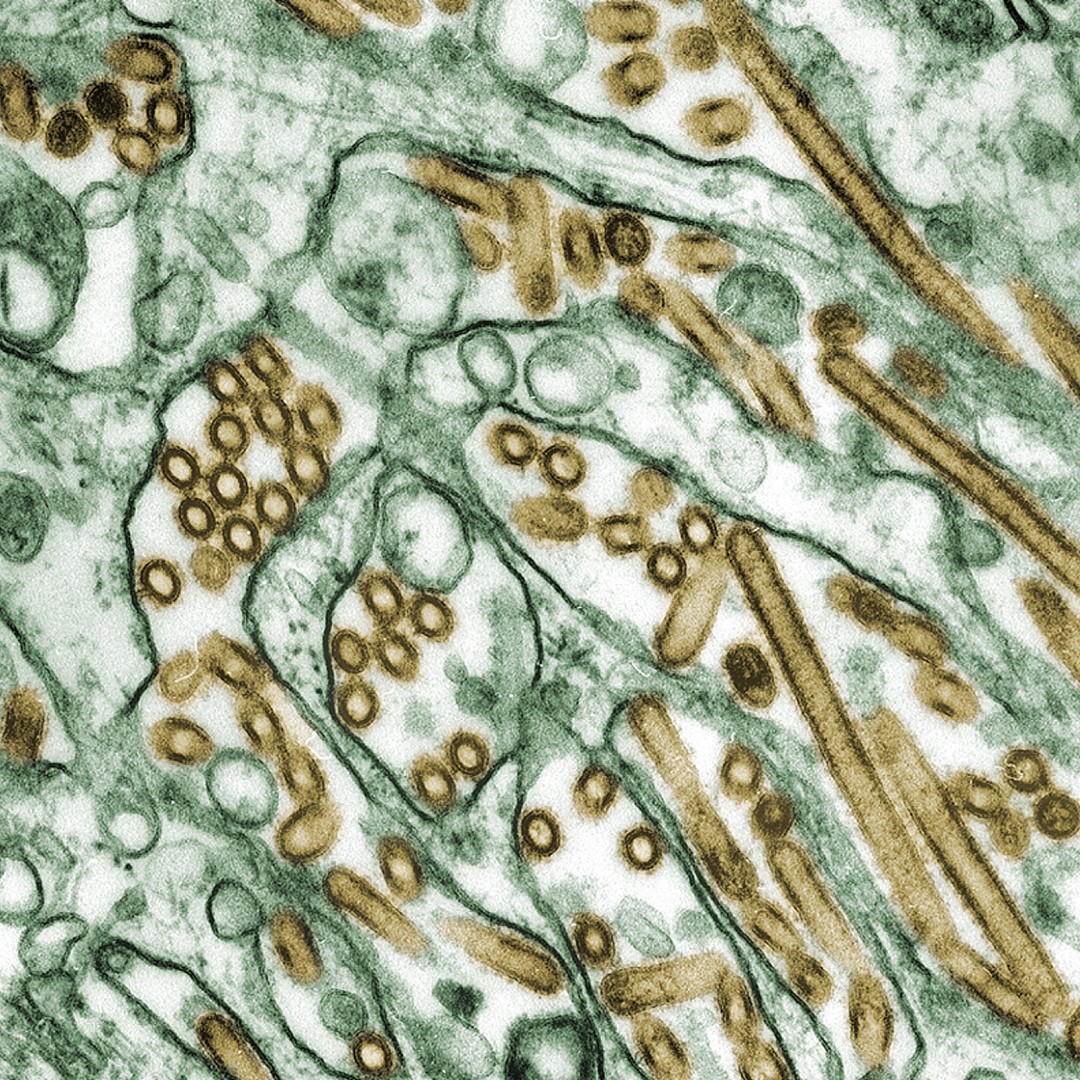
MIT researchers develop AI tool to improve flu vaccine strain selection
On Aug. 28, 2025, scientists at MIT’s Computer Science and Artificial Intelligence Laboratory (CSAIL) and the MIT Abdul Latif Jameel Clinic for Machine Learning in Health announced the development of VaxSeer that uses machine learning to predict virus evolution and antigenicity, aiming to make vaccine selection more accurate and less reliant on guesswork.
Every year, global health experts are faced with a high-stakes decision: Which influenza strains should go into the next seasonal vaccine? The choice must be made months in advance, long before flu season even begins, and it can often feel like a race against the clock. If the selected strains match those that circulate, the vaccine will likely be highly effective. But if the prediction is off, protection can drop significantly, leading to (potentially preventable) illness and strain on health care systems
The scientists created VaxSeer, designed to predict dominant flu strains and identify the most protective vaccine candidates, months ahead of time. The tool uses deep learning models trained on decades of viral sequences and lab test results to simulate how the flu virus might evolve and how the vaccines will respond.
VaxSeer has two core prediction engines: one that estimates how likely each viral strain is to spread (dominance), and another that estimates how effectively a vaccine will neutralize that strain (antigenicity). Together, they produce a predicted coverage score: a forward-looking measure of how well a given vaccine is likely to perform against future viruses.
VaxSeer currently focuses only on the flu virus’s HA (hemagglutinin) protein,the major antigen of influenza. Future versions could incorporate other proteins like NA (neuraminidase), and factors like immune history, manufacturing constraints, or dosage levels. Applying the system to other viruses would also require large, high-quality datasets that track both viral evolution and immune responses — data that aren’t always publicly available. The team, however is currently working on the methods that can predict viral evolution in low-data regimes building on relations between viral families. An open-access report on the study was published in Nature Medicine.
Tags:
Source: Massachusetts Institute of Technology
Credit: Photo: A transmission electron microscope (TEM) image of Avian Influenza A H5N1 virus particles (seen in gold) grown in Madrin-Darby Canine Kidney (MDCK) epithelial cells (seen in green). Courtesy: U.S. Centers for Disease Control and Prevention.
